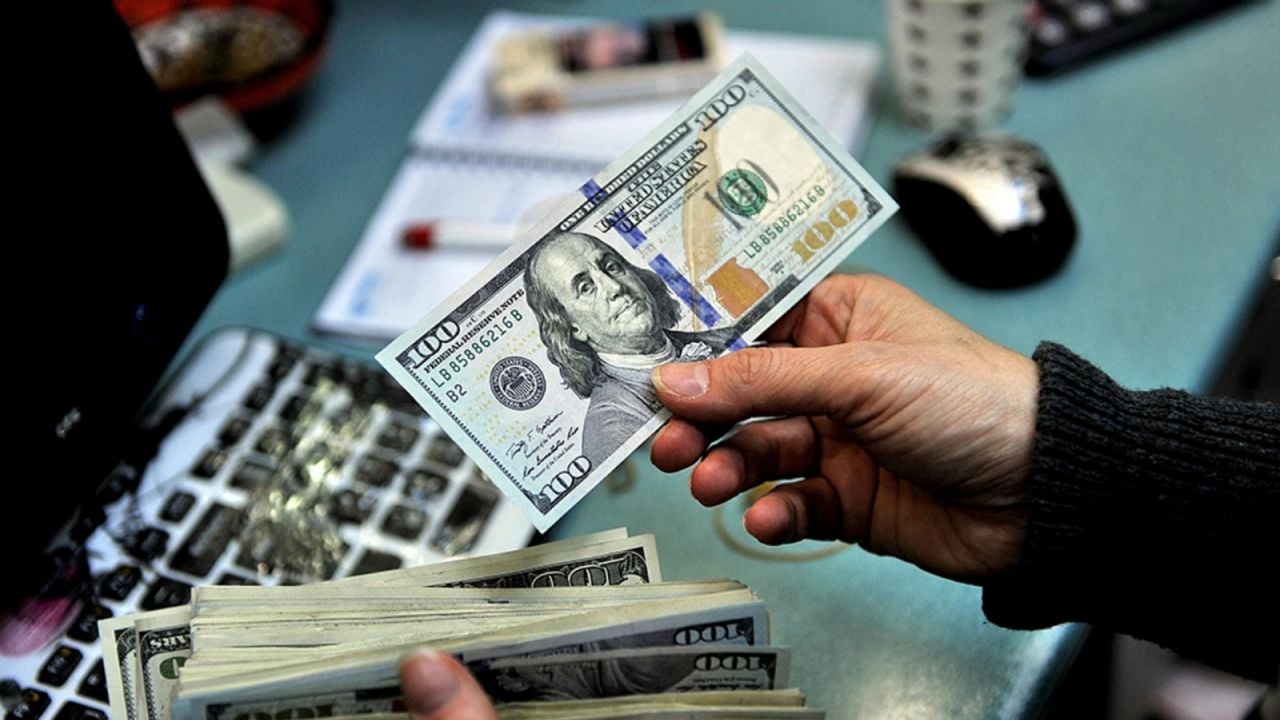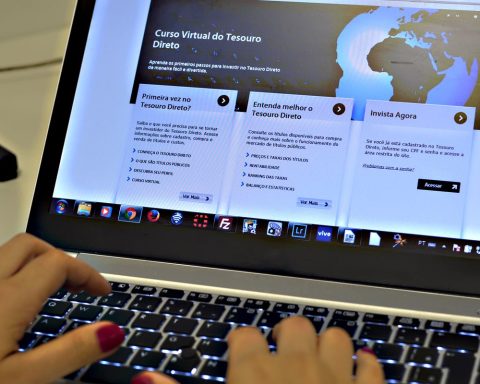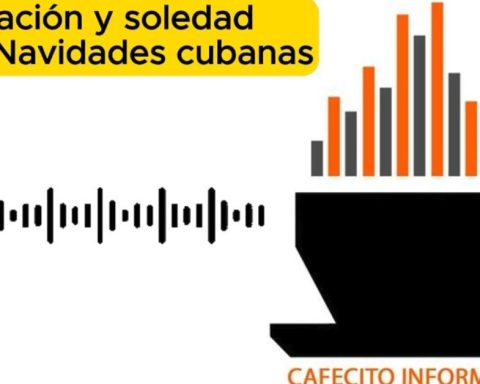On Wednesday, November 20, the price of the dollar in Argentina showed significant variations in both the official market and the parallel market, known as the blue dollar. This day, the dollar blue was quoted at $1,115 to buy and $1,135 to sell.
This figure represents a decrease of 9% compared to the previous month, indicating a downward trend in the value of this currency in the informal market. On the other hand, the dollar official, which is the exchange rate established by the Central Bank of the Argentine Republic (BCRA), was located at $973.78 for purchase and $1030.98 for sale.
This difference between dollar official and the blue dollar reflects the existing exchange gap, which on this day was reduced to less than 7%. This gap is an important indicator of the Argentine economy, since it shows the difference between the value of the dollar in the formal and informal markets.
In addition to the dollar blue and the official one, there are other exchange rates that are relevant for different financial operations. The MEP dollar (Electronic Payment Market) closed at $1,074.86, while the CCL dollar (Cash with Settlement) stood at $1,110.93.

Fountain: Dollar Today
These exchange rates are mainly used for the purchase and sale of bonds and stocks, and usually have intermediate values between the dollar official and the blue dollar. He dollar blue is trading at $1115 to buy and $1135 to sell. Meanwhile, the official dollar is trading at $983 for purchase and $1,023 for sale.
The economic context in Argentina continues to be complex, with high inflation and exchange restrictions that affect the availability of foreign currency. These restrictions have led to an increase in demand for the blue dollar, as many people and companies seek to protect themselves from the devaluation of the Argentine peso.

Measures
However, the government’s recent measures to control the foreign exchange market appear to be yielding some results, as reflected in the reduction of the exchange gap. The country risk, another key indicator of the Argentine economy, stood at 720 basis points on November 20, 2024.
This index, prepared by JP Morgan, measures the perception of the risk of investing in the country and is a reflection of investor confidence in the Argentine economy. The situation remains volatile, and it is crucial to continue monitoring these indicators to better understand Argentina’s economic and financial outlook.
follow us on Google News and on our channel instagramto continue enjoying the latest news and our best content.


















